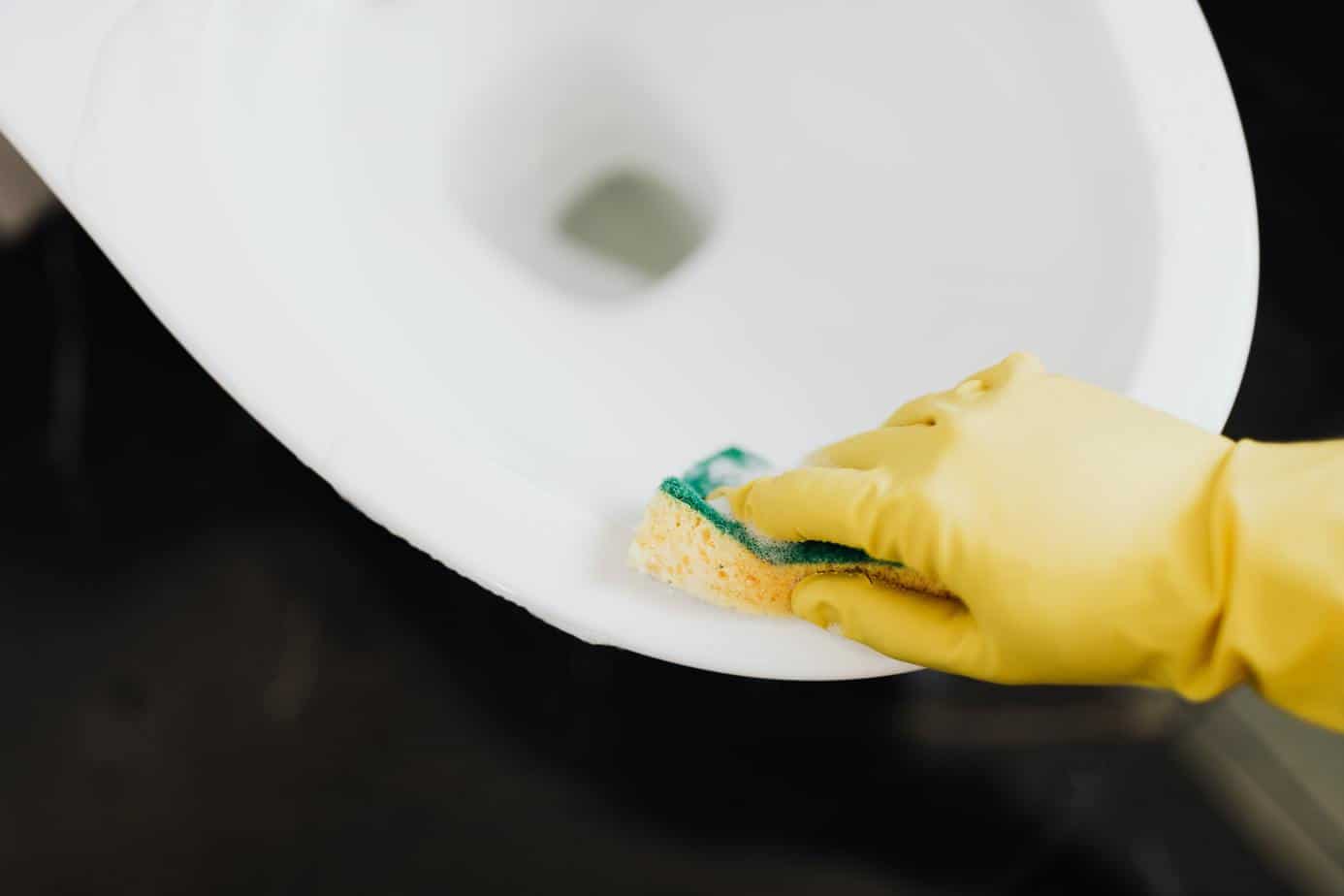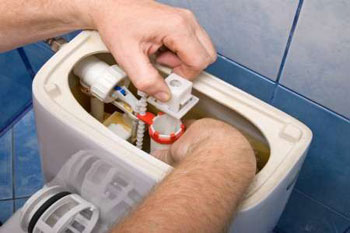Identifying Typical Indications of a Faulty Toilet
Identifying Typical Indications of a Faulty Toilet
Blog Article
They are making a few great pointers on Know When to Replace a Toilet as a whole in this great article in the next paragraphs.

Plumbing problems at home don't get even worse than a malfunctioning bathroom. Picture doing your service in the washroom, and also the commode will not flush.
There are numerous indications that your toilet might be defective, as well as we will briefly take a look at these signs as well as incidents that, when seen, you require to get in touch with a specialist plumbing service to either deal with the toilet or re-install it.
Impacts of Faulty Toilets
Defective commodes can hamper your wellness as well as create an increase in utility costs. Defective toilets can additionally increase the risk of flooding as well as blocking.
Bathrooms do not last for life, and like every other thing, they can outlive their functions and need a replacement. There are some signs and symptoms that accompany a damaged bathroom, and also your ability to remember of them on schedule as well as call professionals can conserve you a lot of risks.
1. Fracture in the Tank
The first sign that your Container may be cracked is the visibility of water puddles near the base of your commode. Fractures in the Tank are sometimes tough to spot, particularly if it's just a little one someplace below the waterline. When you see water settling on your toilet base, it is most probably a measure that your Container has actually cracked, and you need to include the plumbers to identify the area as well as either repair it or replace it.
2. Leaky Commode
Unfortunately, the only method you might realize you have a leaking commode is when the water expenses maintain going up. Leaking commodes are awful since they can cause great deals of damage in the residence, including developing an area for molds and molds, messing up the floor covering, and if the malfunctioning commode is in an upstairs washroom, it can create troubles to rooms underneath it.
3. Clogs
Clogging bathrooms occur pretty frequently, as well as every person experiences it from time to time. If your commode stops more often, you may need to have it checked. If you have children in the house, the possibilities are high that they may have tried flushing toys or textiles down the drain at some point. A blocked toilet presents a significant hazard to the sewage, especially when materials apart from tissue papers and also human waste are flushed down there. While a plunger can do the majority of the unclogging, you need to call a specialist if you see that it takes place very often. Your commode might need more than just a plunging to get back in good shape.
4. Weak Flush
If your commode does not allow a great deal of water down to flush whatever, there may be a trouble. Preferably, one flush ought to be enough to send all your waste down the sewers. Once or twice is tedious as well as affects the costs, having to flush your toilet even more than. It is a sign of a blocked pipeline or a damaged flushing system. In some cases, the water in the toilet bowl is continuously running, and there is not nearly enough to purge when you need to. Just a specialist can discover if it's a flapper shutoff issue or something else.
Allow the Pros In
These are several of the most common reasons for a defective bathroom, and now that you know, you definitely have an idea why there is always water at the base of your bathroom or why it does not flush appropriately.
Rapidly call a professional when you observe these indications. If you stay in Pittsburgh, our experienced plumbers can assist recover your toilet and also get it back in good working problems.
Several of these faults are a measure of a requirement to change your commode. We additionally handle toilet installments and replacements. With our several years of experience in the field, our solutions are unsurpassable.
Visualize doing your organization in the restroom, and also the bathroom will not flush. Leaky toilets are awful since they can trigger great deals of damages in the house, consisting of creating a space for molds and also molds, wrecking the floor covering, and if the faulty bathroom is in an upstairs restroom, it can create problems to rooms underneath it. If your toilet does not let a great deal of water down to purge every little thing, there may be a problem. Having to flush your bathroom more than once or twice is tiring and impacts the costs. In some situations, the water in the bathroom dish is regularly running, as well as there is not enough to purge when you require to.
Signs of Toilet Leak and How to Deal with Them
The toilet creates a noise even when not in use
It’s normal to hear rushing water or the sound of pressure building up inside the pipes when you flush your toilet. If this happens when you’re not using the toilet, it could mean there’s movement of water inside the toilet that isn’t triggered by the flush valve. In other words, there’s a leak, and it could be serious since a large amount of water is needed to create a pressure that can cause enough vibration to make a sound.
The floor around the toilet stays damp even after not using the toilet for hours
Your bathroom is one of the wettest places in your house. Even so, it only takes an hour or two of non-use for its floor to completely dry up. So if the floor around the toilet remains damp after such a long period, it can only mean water is leaking from a nearby source, which could be the toilet itself. Chances are there’s a crack so small it lets water trickle unnoticed.
There’s stain along the flow path of water inside the toilet
While this is most commonly an issue of poor water quality, it may also be a sign of leak. The allocation of water in each flush is just enough to clean the toilet bowl, and it won’t leave stains even if the water is not so clean. The only possible reason stain could develop on the toilet’s surface is when water is dripping longer than normal, which only happens when a leak is present.
Metal parts have rust
While a toilet is made mostly of ceramic materials, some of its parts are metal, particularly alloys of steel. Manufacturers, of course, anticipate that these metal parts will be wet from time to time so they use alloys that can tolerate moist conditions. Then again, with prolonged exposure, they will still corrode over time, so when you see rust forming on their surface, it means they have been exposed to moisture longer than they can tolerate. That could only be caused by a toilet leak.
There’s a smell of sewage coming from around the toilet
Unfortunately, water is not the only fluid that can leak out of your toilet. The sewage from the sceptic pipe and tank can leak out as well, and it stinks. Don’t ignore this kind of leak because it can be detrimental to the health of your family. Call a plumber to conduct a full inspection of your toilet.
https://www.fixmeplumbing.com.au/blog/signs-of-toilet-leak-and-how-to-deal-with-them/

I was made aware of that write-up about Common Signs of a Faulty Toilet through an acquaintance on a different website. Sharing is caring. You never know, you will be helping someone out. We thank you for reading our article about Know When to Replace a Toilet.
Expert solution? Dial. Report this page